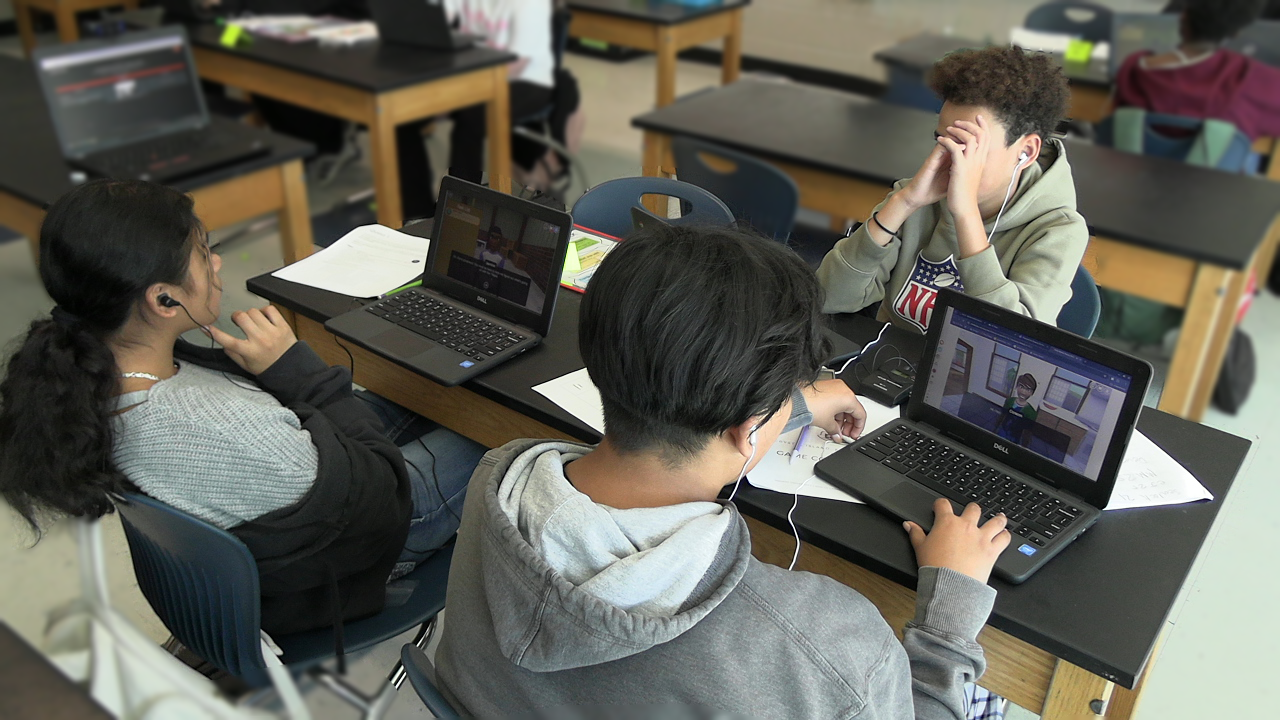Let’s Unpack (and Repack) That: Planning for Success with Backwards Design
Regardless of how long I have been a teacher, one practice that has never failed me is planning using backwards design. If you have some time, I recommend you read Understanding by Design (1998) by Grant Wiggins and Jay McTighe. The authors do an outstanding job explaining and fleshing out the entire design process. However, if you are pressed for time, here are the three steps you need in order to save you time and ensure student success using the backwards design process:
1) unpack your standards;
2) repack your standards;
3) plan the learning experiences for your students.
Step 1: Unpack your standards
There are many online places a teacher can find pre-unpacked standards, but to truly understand what students are supposed to know and be able to do, teachers should comb through and unpack their standards themselves. Of course, everyone should utilize their resources, but taking the time to find the verbs (what students should be able to do) and the nouns (what concepts or topics kids know or understand) for yourself will deepen understanding and elevate the lesson planning experience.
Many standards have multiple learning targets within them, and being clear on each one will help to create on-target instruction. Here’s a short video around unpacking standards:
Step 2: Repack your standards
This step never gets enough attention.
Repacking your standards means figuring how you will know your students have mastered the standard (i.e., How will you assess your students?). Too often we measure parts of a standard and the learning targets, but the real goal is ensuring students can meet the entire standard. Look at the entire standard and ask yourself, “What could a student do to show me they understand or can do this standard?” This is what Wiggins and McTighe call “acceptable evidence.”
For example: If you were teaching grade 7 ELA and focusing on standard RL.7.2 Determine a theme of a text and analyze its development over the course of the text, from unpacking your standard, you know that students have to
- determine a theme AND
- find evidence of the theme developing throughout a text AND
- analyze (explain or interpret) how that theme is developed by that evidence.
Those are three discrete skills. You can easily check to see if your students can do each part individually, but repacking your standards means ensuring students can do the complete task.
There are multiple ways to assess mastery of a standard. Multiple-choice questions can be a timesaver, but if you ask your students to identify a theme from four you’ve pre-selected, you are not checking to see if they have mastered the grade 7 standard–only that one learning target.
Be sure to attend to the context of any assessment as well as the content, as the context can lead to skewed results if students are not prepared.
If you ask your students: How does the author develop a major theme in the text? Write a paragraph that includes the following: a major theme of the text, at least two quotations from the text showing how the theme is developed and an explanation of how that evidence develops the theme. Here you are addressing all the parts of the standard but also including a new context in the potential assessment: writing a paragraph. Although it seems implied that 7th graders should write paragraphs, this standard does not name this skill. You need to ask yourself if grading the skill of writing paragraphs is appropriate in this situation, and if it is, you need to add that learning target to your lesson plan so students have a complete sense of what they are striving toward.
Just remember, as you repack your standards, be sure to attend to the context of any assessment as well as the content, as the context can lead to skewed results if students are not prepared. This is not an easy thing to do. This step, “Repacking your standards,” takes time and critical thought. You want to repack your standard so that you have an assessment that evaluates the complete standard, using a context (multiple-choice, essay, etc) that allows students to demonstrate their understanding. Once you have that done, you are ready for Step 3!
Step 3: Plan the learning experiences for your students
Note that it is not recommended to focus your planning on what you will teach. Instead, plan what students will do. This shift in focus will foster better results. Ask yourself: What will your students do so that they are engaging in the material and practicing the skills needed to show mastery on the assessment? Keeping this end in mind will force you to focus all activities on the standards while centering your students. Further, being super clear on the learning targets (from the standard) and on how you will assess your students will save you time while planning and during class—plus you are less likely to have to reteach.
Backwards design is a powerful tool that can help teachers plan more effectively and ensure student success. By unpacking, repacking and planning the learning experiences, you can create a clear and focused curriculum that will guide your instruction and assessment. While it does take some time to implement, the benefits will be well worth the effort.

Amy is a lifelong learner and teacher, and her passion for education is evident in her dedication to creating a future where every teacher is a master of their craft, sparking a love of learning in every student, and driving academic excellence through innovative and dynamic professional development designed and delivered with passion.
- Categories:


